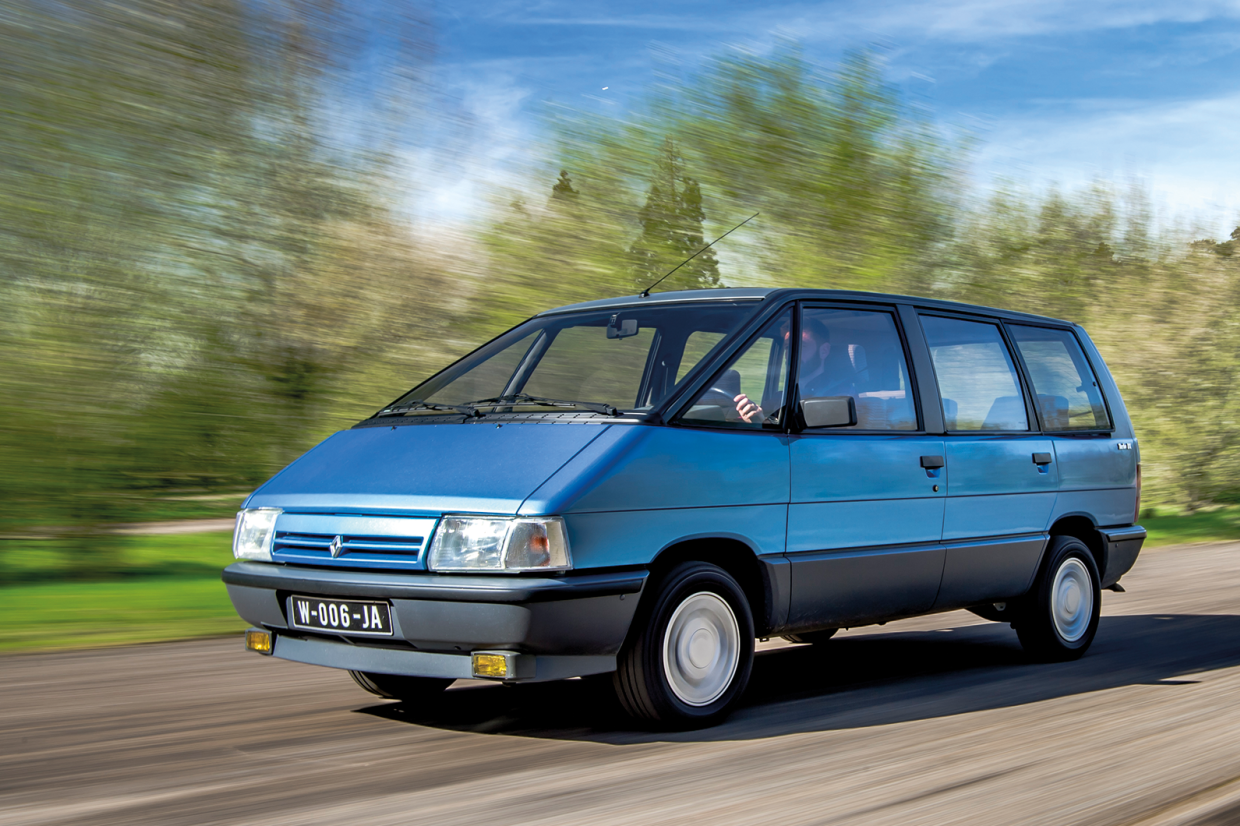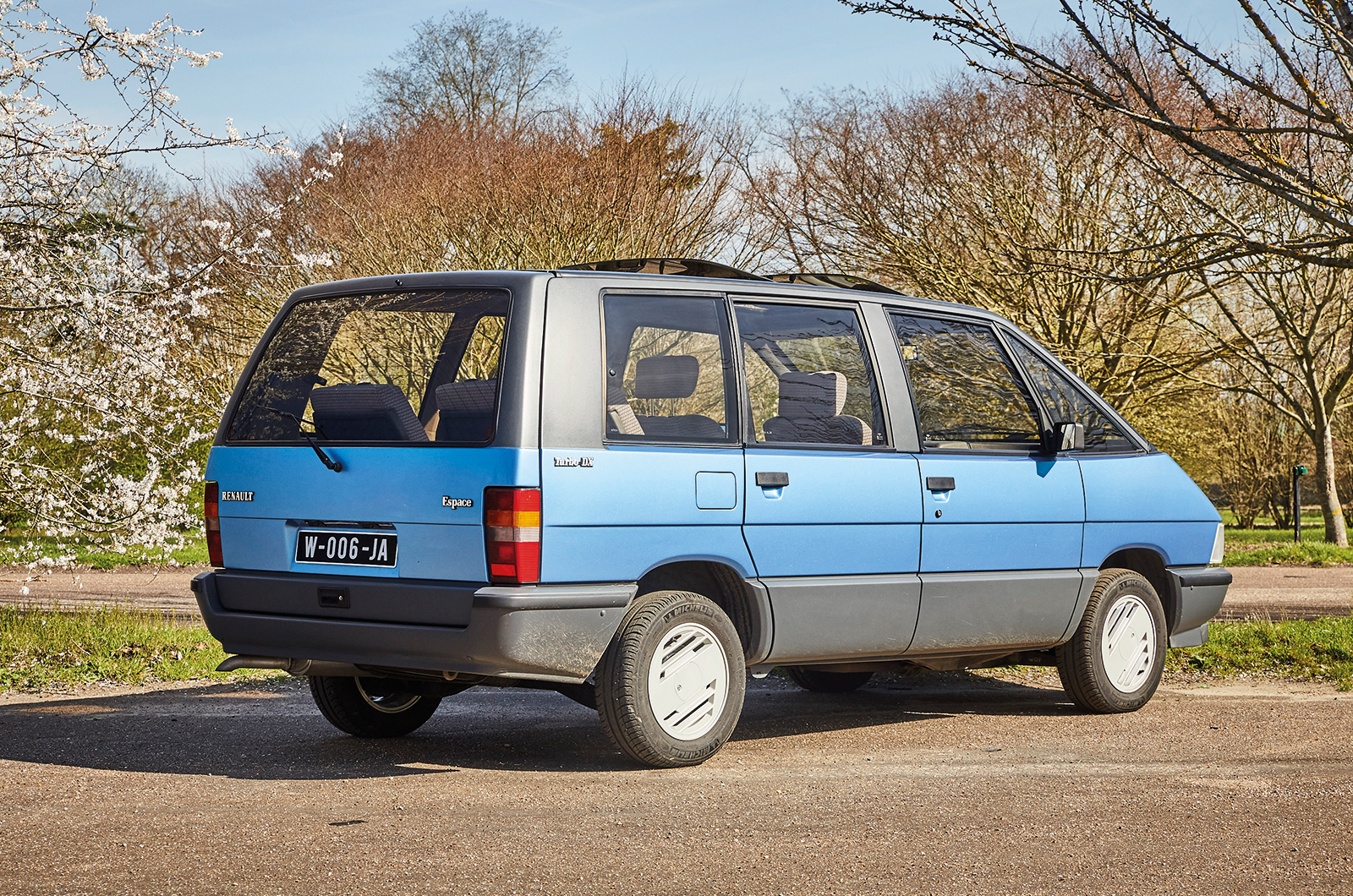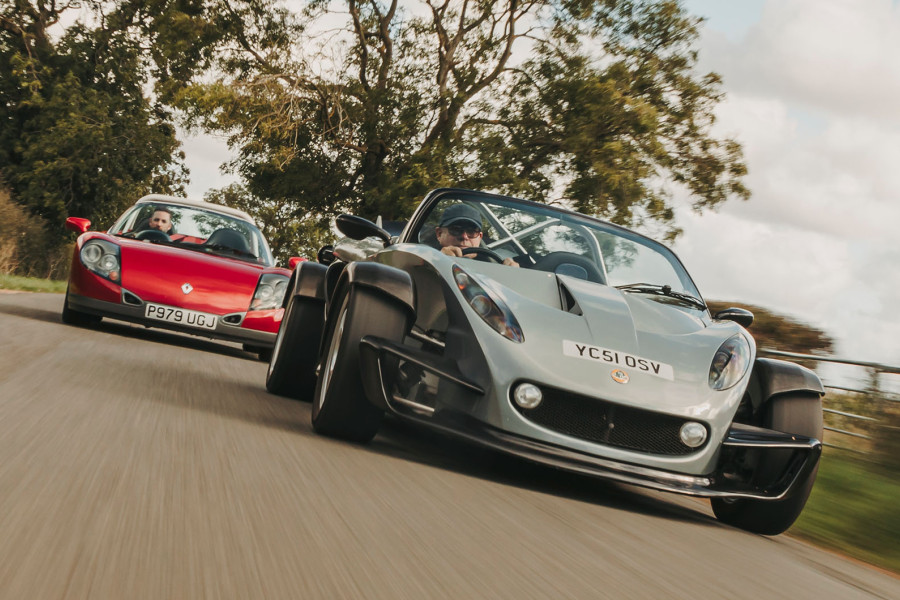
True innovations don’t just meet a current need, they anticipate those that are yet to come.
The Renault Espace foresaw a time when cars would do more than simply shuttle people to the office and the shops.
Philippe Guédon saw a gap in the market for a car that was most things to most people, a vehicle uniquely suited to growing families – and even the bigger, ‘blended’ families that were becoming the norm rather than the exception with the rising rate of second marriages.
The striking design came courtesy of Chrysler UK draughtsman Fergus Pollock, who hatched the idea in 1976 as a skunkworks project before it was given the green light in spring of the following year.
After the 1978 sale of Chrysler to the PSA group, designer Antonis Volanis at Matra – which had worked closely with Chrysler offshoot Simca – took just three years to arrive at the P18 prototype. This was then offered around (and rejected by) most major French manufacturers before, eventually, Renault bit.

The Renault Espace’s innovative interior offered huge flexibility
The revolutionary ‘one box’ design comprised a galvanised skeleton clad with plastic panels, which kept both weight and repair costs down.






